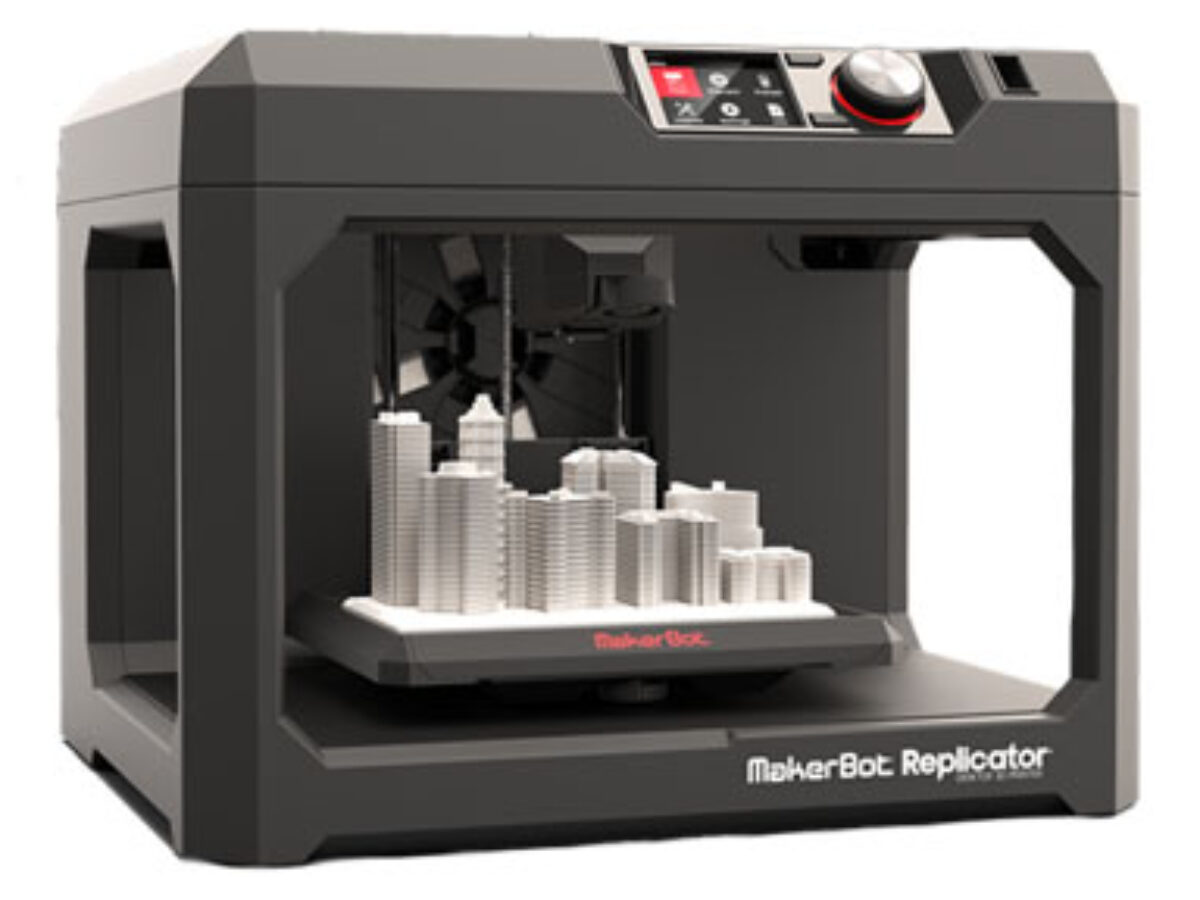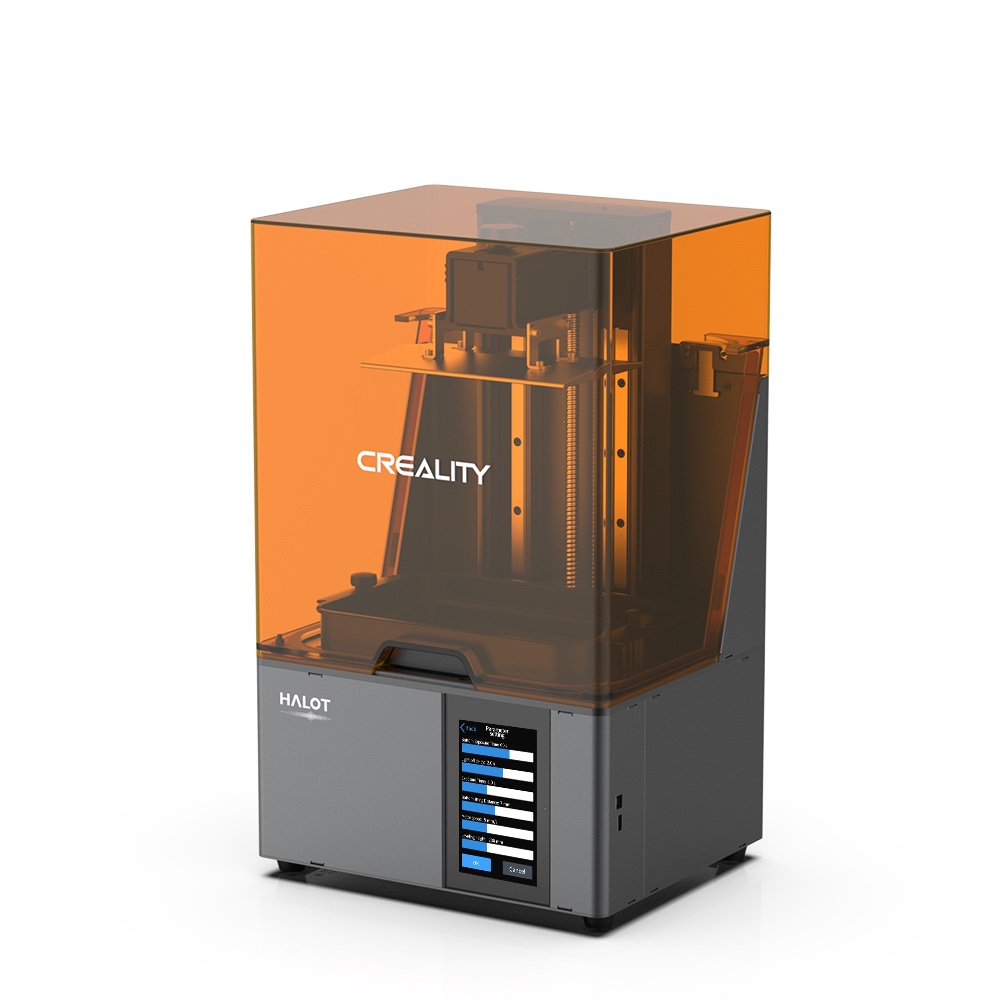Compare Replicator Plus vs Halot Sky
Comparison between the best 3D printers
Choose the best 3D printer at the best price. The cheapest 3D printers are here.
Buy a 3D printer here with 3D Fila.
 |
 |
|
| Model | Replicator Plus |
Halot Sky |
| Printing Material | Filament | Resin |
| Buy Filament for Makerbot Replicator Plus | Buy Resin forCreality 3D Halot Sky | |
| Estimated price | $2099,00 | $879,00 |
| Manufacturer | Makerbot | Creality 3D |
| Release Year | 2016 | 2021 |
| Print Volume [mm] | 165x295x195 | 192x120x200 |
| Printer Size [mm] | 410x528x441 | 340x29x550 |
| Weight [kg] | 18,3 | 16,5 |
| Power Loss Recovery | YES | NO |
| Maximum Resolution [mm] | 0,1 | 4k |
| Processor | ||
| Display | ||
| Power Supply | 110/220V / 240W | |
| Connectivity | USB / Wi-Fi | Wi-Fi |
| Operating systems | Windows, Mac, Linux | |
| Date of registration in the system | 2022-11-15 | 2022-10-11 |
| Release date | 2016 | 2021 |
| Extra features | The Replicator Plus printer is easy to use and has very good print quality. Its software is user-friendly and powerful, with USB, Ethernet, Wi-Fi and support for printing via pen drive. With a safe design for an open frame printer, it is relatively quiet. The Smart Extruder+ detects filament end and pauses printing automatically, in addition to notifying via apps. It has a large print volume, with a non-heated and coated print bed for easy removal of parts. It also has a webcam for remote monitoring of prints. | The Creality HALOT SKY stands out with its 8.9-inch 4K monochrome display, ensuring detailed prints. Its robust construction includes dual linear rails and a ball screw on the Z-axis, offering precise movements. Equipped with an ARM Cortex-A53 Quad-Core processor and Wi-Fi, it provides a responsive and connected user experience. The flip cover saves space and the 120W UV source ensures uniform curing. In addition, the HALOT SKY supports OTA firmware updates and integration with Creality Cloud, increasing efficiency and convenience in use. |
| Support for multiple colors and materials (AMS and CFS) | NO | NO |
Notes * |
||
| Cost-benefit | 6 / 10 | 7 / 10 |
| Hardware | 2.5 / 10 | 1.2 / 10 |
| Tela | . | . |
| Print volume | 3 / 10 | 3 / 10 |
| Performance | 1 / 10 | 9 / 10 |
Conclusion |
| In comparing the MakerBot Replicator Plus and the Creality 3D Halot Sky, several key aspects emerge that can help users make an informed decision based on their needs and budget. The MakerBot Replicator Plus, while positioned at a higher price point, offers a robust feature set that emphasizes ease of use and quality. It boasts a user-friendly software interface, various connectivity options, power loss recovery, and an impressive print volume, making it suitable for both novice and experienced users seeking reliable performance. Its additional features such as automated filament detection and remote printing capabilities enhance its functionality. However, from a cost-effectiveness perspective, its performance rating is relatively low compared to its price. Conversely, the Creality 3D Halot Sky offers a significant appeal with its lower price, advanced resolution capabilities, and modern design features. The 4K monochrome display contributes to its ability to produce detailed prints, while robust mechanics promise improved precision. Despite the lack of power loss recovery, the Halot Sky excels in performance ratings, making it an excellent choice for users prioritizing print quality at a more accessible price. Its integration with Creality Cloud for firmware updates and operational efficiency adds further value for those seeking a seamless user experience. Ultimately, the decision rests on individual priorities. If budget constraints lead the way, the Halot Sky emerges as the better choice, delivering quality and performance at a fraction of the cost of the Replicator Plus. However, for users who value extensive features and support systems and are willing to invest in a more developed ecosystem, the Replicator Plus still offers substantial merits. Thus, accordingly weighing the features against the price will lead to a clearer decision based on personal or professional 3D printing needs. |

